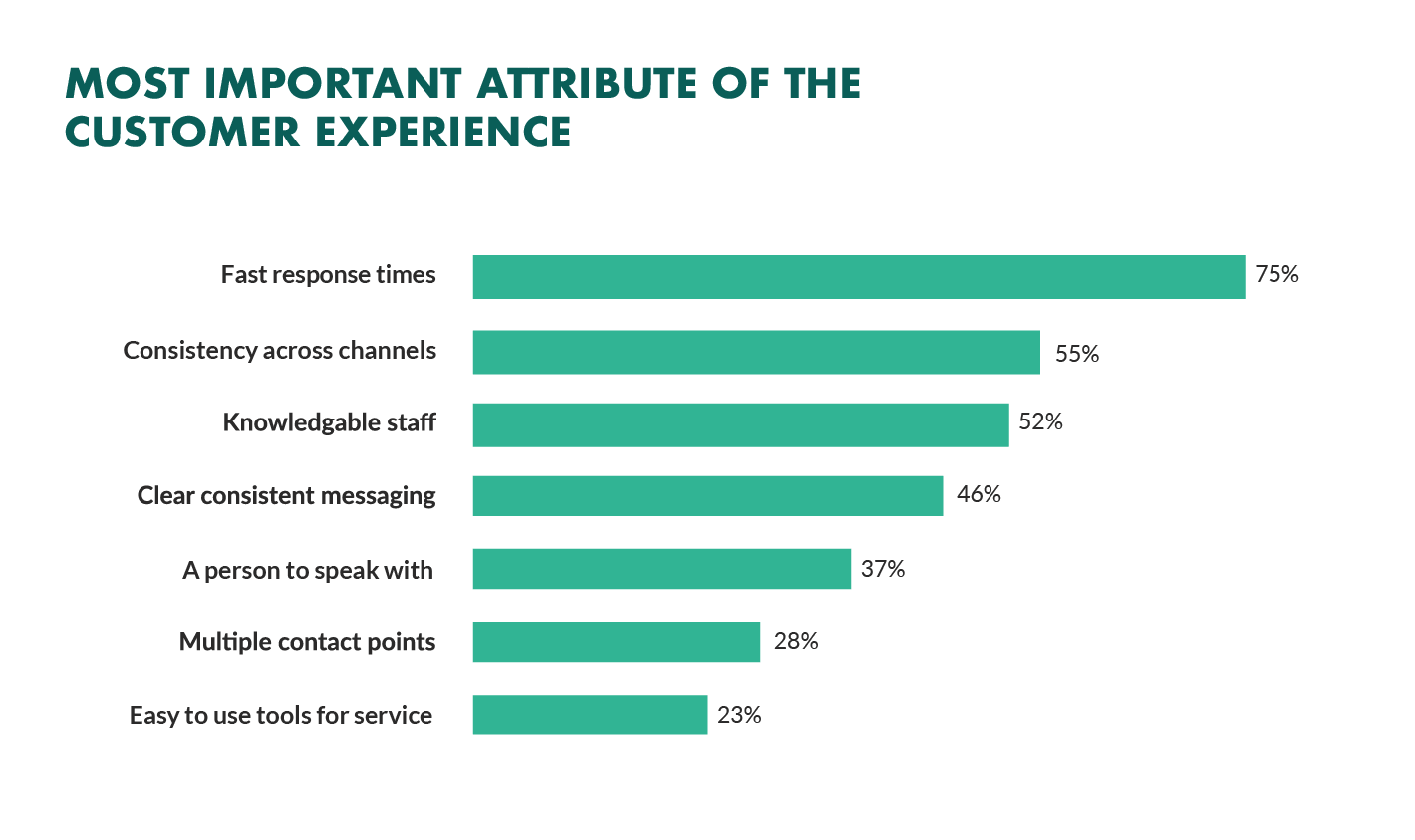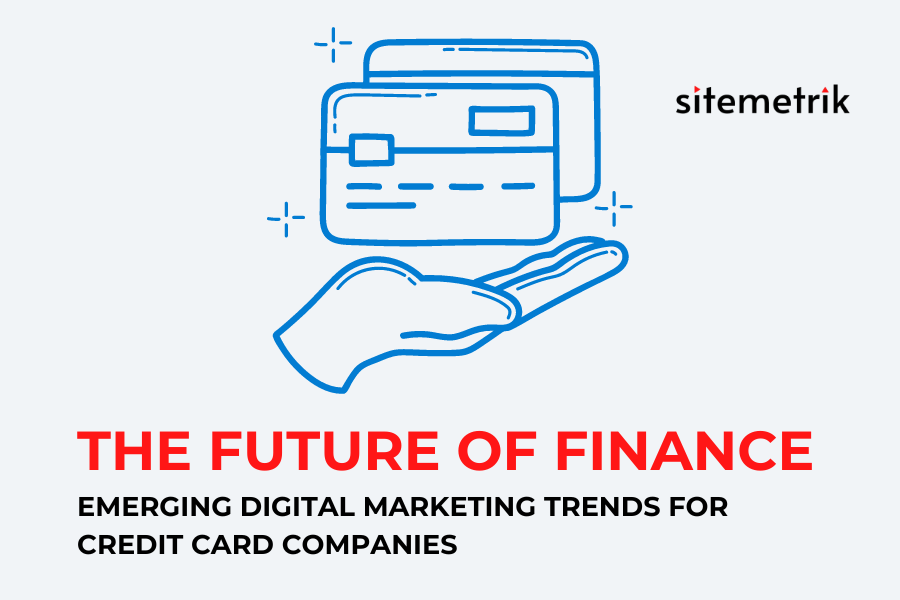The Future of Finance: Emerging Digital Marketing Trends for Credit Card Companies
The Growing Relevance of Credit Card Companies in the Digital Age
In the digital age, credit card companies are experiencing a growing relevance and are adopting new strategies to thrive in this evolving landscape. With the increased availability of digital technologies and the rise in consumer preferences for personalized experiences, credit card issuers are leveraging digital marketing to target specific audiences and attract potential customers. By understanding consumer behavior and adapting their marketing strategies accordingly, credit card companies can enhance customer experiences and increase market share.
Additionally, the digital transformation has enabled credit card providers to offer convenient access to credit through mobile devices, tapping into the growing popularity of smartphones and social media platforms. This shift towards a more digital-centric approach has also opened up opportunities for credit card companies to provide financial education, key differentiators, and access to valuable resources such as financial calculators. As the credit card industry continues to evolve, credit card companies that embrace digital marketing trends and effectively cater to the needs of their customer base are poised for success in an era of economic uncertainty.
Overview of Credit Card Industry Trends and Challenges
The credit card industry is constantly evolving, driven by changes in consumer behavior and advances in digital marketing strategies. Credit card companies and issuers are adapting to these trends in order to attract potential customers and retain their existing customer base.
- One of the key challenges faced by credit card companies is the increase in competition. With so many credit card companies and issuers vying for market share, it’s crucial to develop unique strategies and key differentiators to stand out from the crowd.
- Another challenge is the need for innovative rewards programs. Consumers are becoming increasingly savvy and are looking for credit cards that offer personalized experiences and benefits. To keep up with this demand, credit card companies are developing creative rewards programs that cater to gen zers, business owners, and other specific demographics.
- The COVID-19 pandemic has also had a significant impact on the credit card industry. With economic uncertainty and financial hardships, customers have been more cautious with their spending and focused on paying off credit card debt. This has led credit card companies to adjust their marketing strategies and provide more flexible payment options.
- Lastly, there is an increasing push to reach underserved customer segments. Credit card companies are recognizing the importance of financial inclusion and are making efforts to provide access to credit for individuals who may have been overlooked in the past. This includes partnering with credit unions and offering co-branded credit cards.

Source: https://www.forbes.com/advisor/credit-cards/list-of-credit-card-companies/
Digital Marketing Trends for Credit Card Companies
Target Audiences: Gen Zers & Potential Customers
In order to effectively target Gen Zers and potential customers, credit card companies must incorporate personalized experiences, utilize technology, and implement affinity marketing strategies. Understanding the preferences and behaviors of Gen Z consumers is crucial, as this generation values authenticity, convenience, and social responsibility.
To engage with Gen Zers, credit card companies should leverage social media platforms such as Instagram, TikTok, and Snapchat. These platforms allow for interactive and engaging content that resonates with this audience. In addition, credit card companies should ensure a strong social media presence and actively respond to customer inquiries and feedback.
Key tactics for attracting and retaining Gen Z customers include offering rewards for experiences and merchandise that align with their interests. For example, credit card companies can partner with popular streaming services, food delivery platforms, or fashion retailers to provide exclusive discounts or rewards. This not only drives customer loyalty, but also enhances the overall customer experience.
Furthermore, incorporating technology is crucial for credit card companies targeting Gen Zers. From mobile banking apps to contactless payments, providing seamless and user-friendly digital experiences is essential. Additionally, credit card companies can harness the power of data and analytics to better understand and anticipate Gen Z consumers’ needs and preferences.

Source: https://blog.mktgessentials.com/digital-marketing-trends-8-graphs-thatll-help-you-understand/
Personalized Experiences & Consumer Behavior
Personalized experiences play a pivotal role in credit card marketing by significantly influencing consumer behavior. In today’s digital age, consumers expect tailored messaging and offers that cater to their individual needs and preferences. By delivering personalized experiences, credit card companies can enhance engagement, foster loyalty, and ultimately increase conversion rates.
One way to achieve this is through personalized messaging. Instead of sending generic promotions, credit card companies can leverage customer data to create targeted campaigns that resonate with specific segments of their customer base. For example, offering exclusive rewards for travel enthusiasts or cashback on dining for foodies can attract and retain customers who value these experiences. By aligning their offerings with customer interests, credit card companies can create a sense of relevance and exclusivity that encourages engagement and drives conversions.
Moreover, personalized offers can enhance customer loyalty. By analyzing transaction history and spending patterns, credit card companies can identify opportunities to provide tailored rewards and incentives. This not only recognizes and rewards customer loyalty but also fosters a deeper connection between the consumer and the brand. When customers feel appreciated and understood, they are more likely to remain loyal, continuing to use their credit cards and driving long-term profitability for the company.
Credit Unions & Co-Branded Credit Cards
Credit unions play a significant role in the credit card industry, offering unique benefits and services to their members. Unlike traditional credit card companies, credit unions are not-for-profit financial cooperatives owned by their members. This allows them to focus on providing competitive rates and personalized experiences to their target audience.
One key benefit of credit unions is their emphasis on customer service and financial education. They often prioritize the financial well-being of their members and provide resources to help them make informed decisions. Additionally, credit unions may offer lower interest rates, fewer fees, and more flexible repayment options compared to traditional credit card issuers.
On the other hand, co-branded credit cards are partnerships between credit card issuers and other companies, such as airlines, retailers, or hotels. These partnerships allow credit card companies to offer additional rewards and perks tailored to specific customer preferences. For example, a co-branded airline credit card may provide benefits like free checked bags or access to airport lounges.
Some popular credit unions known for their credit card offerings include Navy Federal Credit Union, State Employees’ Credit Union, and Pentagon Federal Credit Union. These credit unions have built a reputation for providing competitive rates, excellent customer service, and unique benefits to their members.
Credit Card Rewards, Balances, & Debt
Credit card rewards programs have become increasingly popular among credit card issuers in recent years. Customers are attracted to these programs because they offer incentives for spending, such as cashback, points, or miles. However, the pandemic has had a significant impact on credit card behavior and the types of rewards and benefits that issuers are now focusing on.
- One trend that has emerged is an increase in rewards for essential purchases, such as groceries and online shopping. With people spending more time at home and relying on delivery services, credit card issuers have adapted their rewards programs to align with these new consumer behaviors. This includes offering higher cashback percentages or bonus points for these types of purchases.
- Additionally, credit card issuers are offering flexible redemption options. Many customers are looking for ways to offset their financial hardships caused by the pandemic. Issuers are allowing customers to redeem their rewards for statement credits, gift cards, or even to donate to charitable organizations. This flexibility allows customers to use their rewards in a way that aligns with their current needs.
- Another trend is the focus on credit card balances and debt management. As many people are facing financial uncertainty, credit card issuers are providing resources and tools to help customers manage their debts and improve their financial well-being. Some issuers are offering balance transfer promotions with low or 0% interest rates, allowing customers to consolidate their debts and save on interest fees.
The increased competition in the credit card industry has created challenges and opportunities for issuers. To differentiate themselves, many issuers are now offering unique benefits and perks beyond traditional rewards programs. These include access to premium lounges at airports, travel credits, purchase protections, and concierge services. These additional benefits aim to attract customers and provide more value beyond just earning rewards.

Increase in Physical Cards & Balance Transfer Options
One notable trend in the credit card industry is the increase in physical cards being offered by credit card companies. While digital payments have been on the rise, there is still a significant demand for physical cards. Many consumers prefer the tangibility and security of having a physical card in their wallet. As a result, credit card issuers are expanding their offerings to cater to this preference.
The availability of balance transfer options is another important trend in the credit card industry. With increasing credit card debt, consumers are actively seeking ways to manage their finances more effectively. Balance transfer options allow individuals to transfer their outstanding balances from one card to another, often at a lower interest rate. This can help customers consolidate their debts and save on interest fees, providing them with a potential pathway to pay off their debts more efficiently.
While the increase in physical cards and the availability of balance transfer options can be beneficial for credit card companies, they also come with their own set of challenges. The production and distribution of physical cards incur costs, and issuers must ensure the security and safety of these cards. Similarly, offering balance transfer options requires careful risk assessment and management to avoid potential defaults or delinquencies.
Nevertheless, by embracing the shift towards physical cards and offering balance transfer options, credit card companies can cater to a wider range of consumer preferences and provide valuable solutions for debt management. These trends reflect the credit card industry’s commitment to evolving alongside consumer needs and maintaining a competitive edge in the increasingly digitalized financial landscape.
Strategies for Credit Card Companies to Adapt to Market Changes
The credit card industry is constantly evolving, and credit card companies need to be adaptive in order to remain competitive. To effectively navigate market changes, credit card companies can implement a variety of strategies.
Adapting to Economic Conditions & Financial Markets
Adapting to economic conditions and financial markets is crucial for credit card companies to thrive in a dynamic industry. By analyzing market trends, understanding consumer preferences, and assessing the impact of economic uncertainty, credit card companies can develop effective strategies to stay ahead of the competition.
- Market trends play a significant role in shaping credit card companies’ approaches. Monitoring shifts in consumer behavior, such as increased preference for digital technologies and mobile devices, allows companies to optimize their digital marketing efforts. A strong social media presence and personalized experiences tailored to target audiences, such as Gen Zers and business owners, can help attract potential customers.
- Factors like interest rates and access to credit also influence credit card companies’ strategies. With economic conditions impacting interest rates, credit card providers can tailor their marketing approaches accordingly. By offering balance transfer credit cards and promoting lower interest rates, companies can address consumer needs and entice individuals seeking to manage credit card balances effectively.
- Financial education is another key differentiator. Credit card companies can provide resources such as financial calculators and educational content to support consumers in making informed financial decisions. This not only helps build trust but also establishes the company as a reliable source of financial information.
Assessing The Digital Landscape & Creating A Successful Marketing Strategy
Assessing the digital landscape and creating a successful marketing strategy is crucial for credit card companies to stay competitive in an ever-evolving industry. This process involves understanding and adapting to digital marketing trends and consumer preferences.
Digital marketing trends have a significant impact on the credit card industry. As more consumers rely on digital technologies and mobile devices, credit card companies must optimize their marketing efforts accordingly. This includes establishing a strong presence on social media platforms, where potential customers spend a significant amount of time. Engaging with audiences on platforms like Facebook, Instagram, and Twitter enables credit card companies to reach a broader customer base and drive brand awareness.
Additionally, consumer preferences play a vital role in shaping credit card marketing strategies. Understanding the target audience’s needs and preferences helps companies tailor their offerings and messaging. For example, if Gen Zers are a key demographic, credit card companies may focus on promoting co-branded credit cards that align with their interests and values.
When assessing the digital landscape, credit card companies must consider factors such as access to credit and online tools that enhance customer experiences. Ensuring easy and secure access to credit through digital channels is essential for attracting and retaining customers. Moreover, investing in user-friendly mobile applications and online portals enables customers to manage their accounts conveniently.
Leveraging Technology For Maximum Reach and Impact
To maximize their reach and impact in the market, credit card companies can leverage a variety of digital technologies. One such technology is social media advertising, which allows companies to target specific demographics and engage potential customers. With social media platforms like Facebook and Instagram, credit card companies can create targeted ads based on consumer behavior and interests. These ads can be highly personalized, increasing the chances of capturing the attention of potential customers and driving conversion rates.
Additionally, credit card companies can utilize mobile apps to enhance customer experiences and increase engagement. Mobile apps offer convenience and accessibility, allowing customers to easily manage their accounts, make payments, and track their rewards. By investing in user-friendly mobile apps, credit card companies can provide a seamless experience that keeps customers satisfied and loyal.
Retargeting campaigns are another effective digital technology that credit card companies can leverage. By using tracking pixels and cookies, companies can retarget potential customers who have shown interest in their credit cards or have visited their website. This helps to re-engage these individuals and increase the chances of conversion.
Influencer partnerships are also a valuable tactic for credit card companies. Collaborating with influencers in the personal finance industry or related fields allows companies to tap into their existing audience and gain credibility. Influencers can promote credit card products through sponsored posts or video content, reaching a large and engaged audience and generating interest in the brand.
Creating Unique Customer Experiences With Innovative Solutions
In today’s competitive credit card industry, it is essential for credit card companies to differentiate themselves by offering unique customer experiences. By implementing innovative solutions, credit card companies can stay ahead of the curve and meet the evolving expectations of their target audiences.
Personalized marketing is a key strategy that credit card companies can employ to create a unique and tailored experience for their customers. By leveraging data analysis, credit card companies can gather insights into consumer behavior and preferences. This data enables them to deliver personalized product offerings and marketing messages, increasing the likelihood of attracting and retaining customers. Personalized marketing also enhances customer satisfaction and loyalty, as it demonstrates that the company understands and values their individual needs.
To further enhance customer experiences, credit card companies can consider modernizing their branch environments. By embracing digital technologies such as self-service kiosks, interactive displays, and mobile apps, credit card companies can provide a seamless in-branch experience. These innovative solutions not only improve efficiency and convenience for customers but also create a modern and engaging atmosphere that aligns with their expectations.

Source: https://www.superoffice.com/blog/customer-experience-statistics/
Maximizing Online Potential: The SEO Agency Connection
In today’s digital landscape, credit card companies need a strong online presence to stay competitive. Partnering with an SEO agency can be a game-changer, delivering numerous advantages to credit card companies looking to enhance their digital marketing strategies.
By improving search engine rankings, an SEO agency can also help drive organic traffic to your website. This targeted traffic consists of potential customers actively searching for credit card companies or services, increasing the likelihood of driving quality leads to your site and ultimately converting them into customers.
In the fast-paced world of credit card companies, partnering with a top SEO agency can be the key differentiator in increasing online visibility, improving search engine rankings, and optimizing digital marketing strategies. Contact a top SEO agency today to give your credit card company the competitive edge it deserves.

Baris Coskun
Baris Coskun is 8 years experienced SEO Expert that specializes in content and technical SEO strategy creation/implementation progress for large-scale, multilingual, and international targeting websites.





